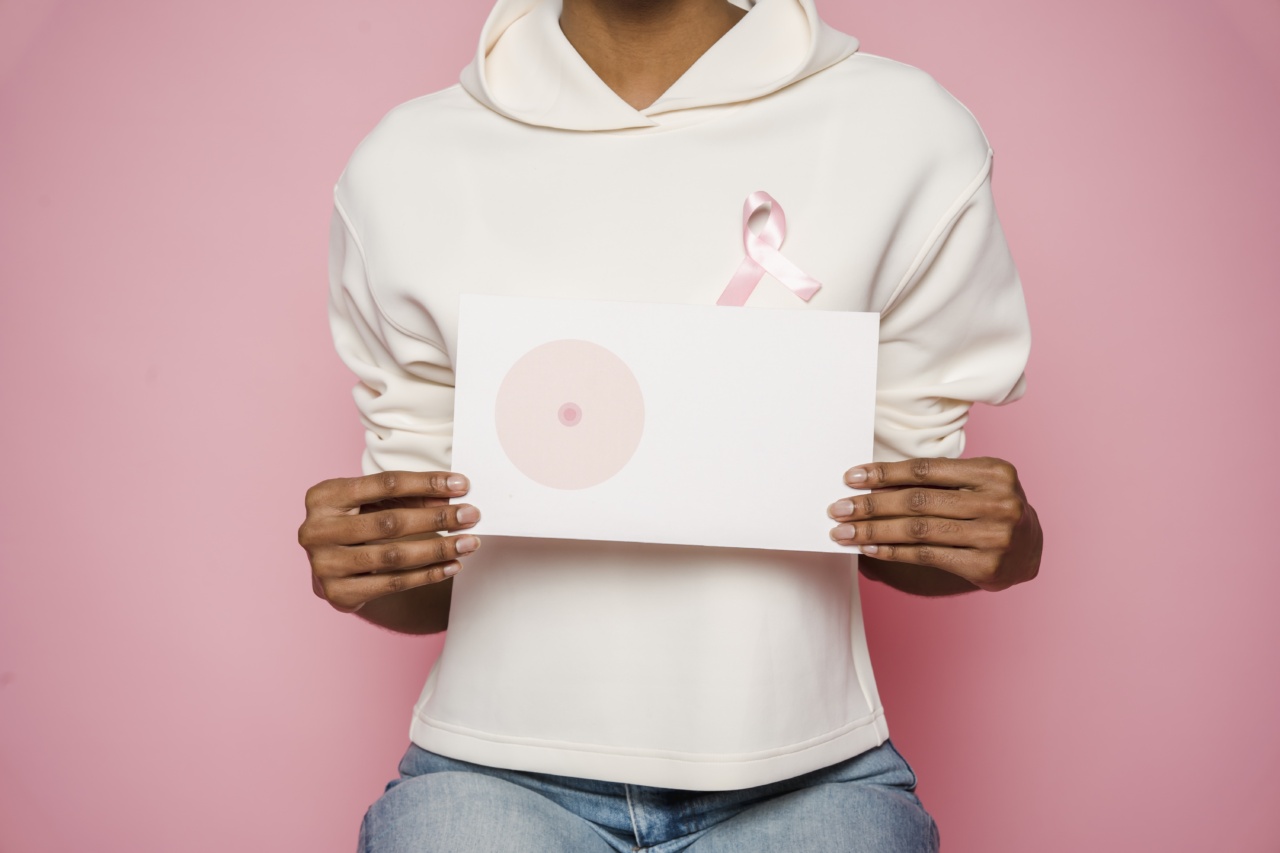A Guide to Reducing Mortality Rates
Breast cancer is one of the most common cancers among women worldwide, with an estimated 2.3 million new cases reported in 2020 alone. It is a frightening diagnosis, and many people feel helpless in the face of such a disease.
However, there are steps you can take to help prevent breast cancer, and one of the most important is through proper nutrition. Here is a guide to reducing mortality rates through nutrition and breast cancer prevention.
What is Breast Cancer?
Breast cancer is a disease that is characterized by the uncontrolled growth of cells in the breast tissue. These cells can form a mass or lump, which can be benign (not cancerous) or malignant (cancerous).
If the cells are cancerous, they can spread to other parts of the body through the lymph nodes or bloodstream. Early detection and treatment are critical to improving survival rates.
What Causes Breast Cancer?
While the exact causes of breast cancer are unknown, several risk factors have been identified. These include:.
- Gender – women are at higher risk than men
- Age – the risk increases as you get older
- Family history of breast cancer
- Personal history of breast cancer
- Exposure to estrogen – either natural or from hormone replacement therapy
- Obesity
- Alcohol consumption
The Link Between Nutrition and Breast Cancer Prevention
Nutrition plays a crucial role in breast cancer prevention. A diet that is high in fruits, vegetables, whole grains, and lean proteins can help reduce the risk of breast cancer.
On the other hand, a diet that is high in saturated fats, processed foods, and red meat can increase the risk.
In addition to eating a healthy diet, there are some specific foods and nutrients that have been linked to a lower risk of breast cancer:.
1. Cruciferous Vegetables
Cruciferous vegetables such as broccoli, cauliflower, kale, and Brussels sprouts contain compounds called glucosinolates, which have been shown to have anti-cancer properties.
These vegetables also contain sulforaphane, which has been shown to inhibit the growth of breast cancer cells.
2. Flaxseed
Flaxseed is a rich source of lignans, which are compounds that mimic the action of estrogen in the body. This can help reduce the risk of breast cancer in women who have high levels of estrogen.
Additionally, flaxseed has been shown to reduce the growth of breast cancer cells and increase the effectiveness of chemotherapy drugs.
3. Berries
Berries such as blueberries, strawberries, and raspberries contain compounds called anthocyanins, which have been shown to have anti-cancer properties.
These compounds can help inhibit the growth of breast cancer cells and prevent the formation of new blood vessels that tumors need to grow.
4. Omega-3 Fatty Acids
Omega-3 fatty acids are healthy fats that are found in fatty fish such as salmon, mackerel, and tuna. These fats can help reduce inflammation in the body, which can contribute to the development of cancer.
Omega-3 fatty acids have also been shown to reduce the risk of breast cancer in women who consume them regularly.
5. Vitamin D
Vitamin D is a nutrient that is essential for bone health, but it may also play a role in breast cancer prevention. Studies have shown that women with higher levels of vitamin D in their blood have a lower risk of breast cancer.
You can get vitamin D from sunlight, fatty fish, and fortified foods such as milk and cereal.
Conclusion
It’s important to remember that nutrition is just one factor in breast cancer prevention. Other lifestyle factors such as physical activity, maintaining a healthy weight, and avoiding tobacco use are also important.
If you have concerns about your breast cancer risk or would like more information on breast cancer prevention, be sure to talk to your healthcare provider.































